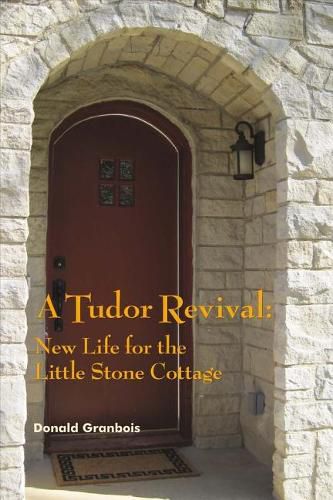Readings Newsletter
Become a Readings Member to make your shopping experience even easier.
Sign in or sign up for free!
You’re not far away from qualifying for FREE standard shipping within Australia
You’ve qualified for FREE standard shipping within Australia
The cart is loading…






Restoring a truly dilapidated historic structure is exciting but offers many challenges, as discovered by the author as he undertook to save a 1923 Tudor Revival Cotswold stone cottage. His story of the process and the final outcome tells with good detail the entire story, from acquiring the property with the help of a local restoration non-profit to finding a buyer. In the process of bringing the cottage back to life, the author found out more about balloon framing, fixing leaky basements, implementing some basic principles of restoration, and how to use proper Tudor design features in a structure where much of the original detail was gone.
Research into the history of the house showed the first resident to have been a highly successful academic and member of President Truman’s administration.
The author contrasts the finished project with his early life during the Great Depression and provides some historical detail on living in that time. He also touches on some ideas from his study of social sciences and business to help interpret possible motivations for building such a house in 1923 in a purely rural setting.
$9.00 standard shipping within Australia
FREE standard shipping within Australia for orders over $100.00
Express & International shipping calculated at checkout
Restoring a truly dilapidated historic structure is exciting but offers many challenges, as discovered by the author as he undertook to save a 1923 Tudor Revival Cotswold stone cottage. His story of the process and the final outcome tells with good detail the entire story, from acquiring the property with the help of a local restoration non-profit to finding a buyer. In the process of bringing the cottage back to life, the author found out more about balloon framing, fixing leaky basements, implementing some basic principles of restoration, and how to use proper Tudor design features in a structure where much of the original detail was gone.
Research into the history of the house showed the first resident to have been a highly successful academic and member of President Truman’s administration.
The author contrasts the finished project with his early life during the Great Depression and provides some historical detail on living in that time. He also touches on some ideas from his study of social sciences and business to help interpret possible motivations for building such a house in 1923 in a purely rural setting.